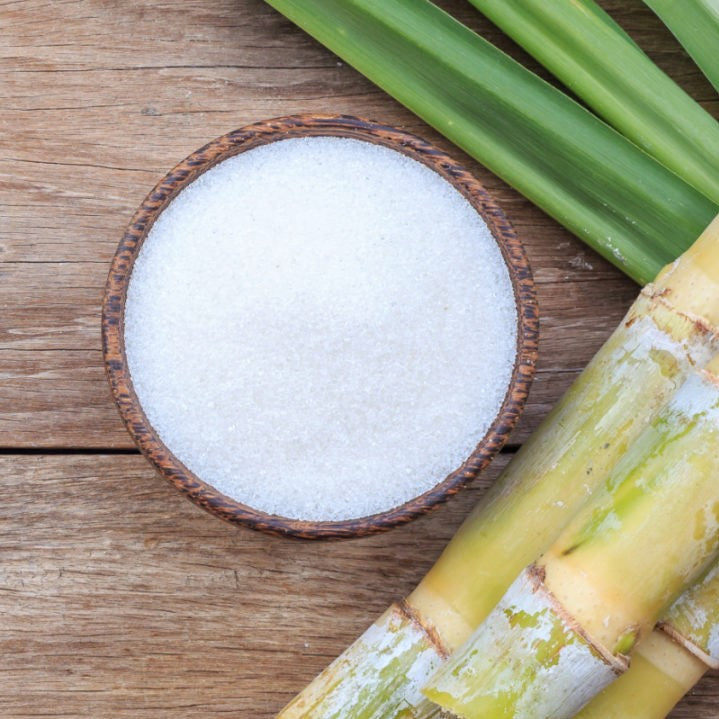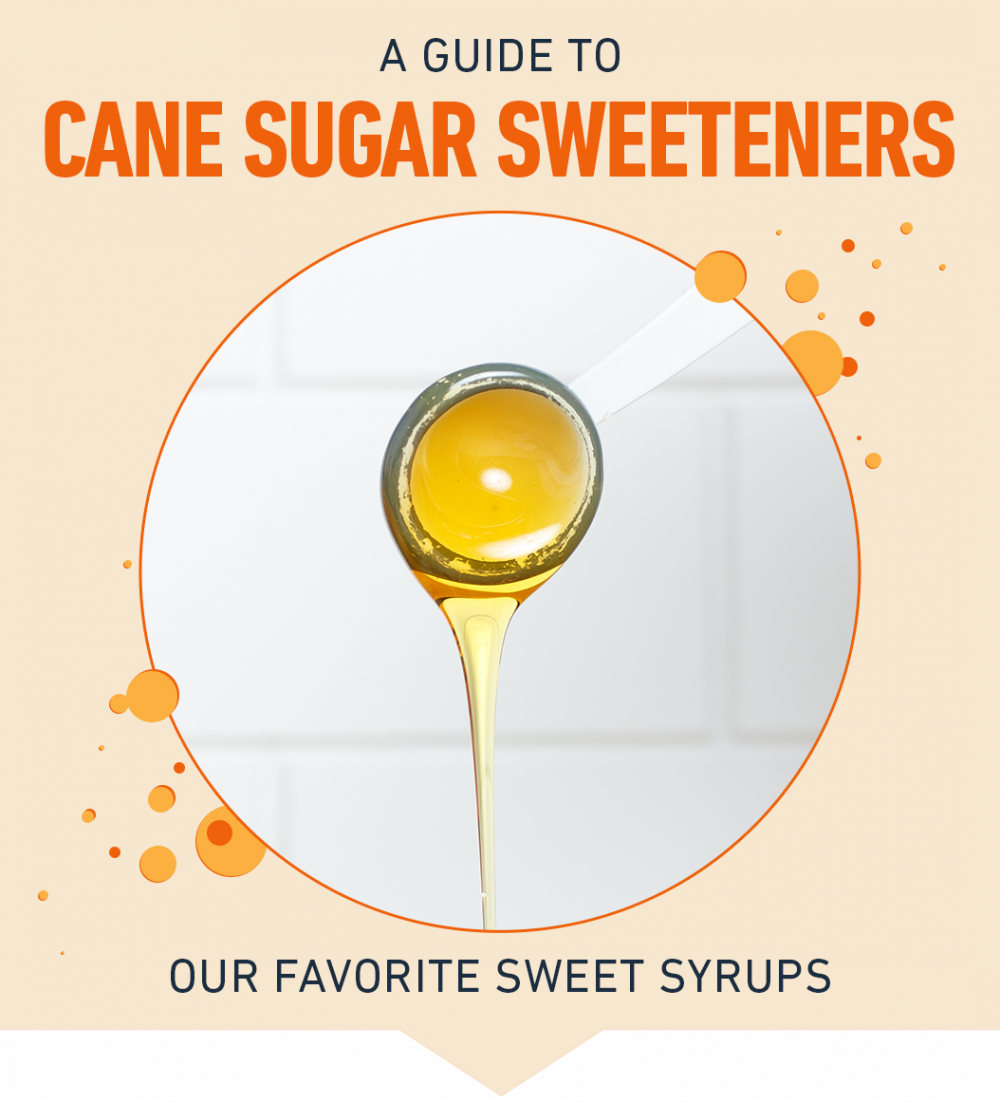Cane Sugar Processing: Traditional Techniques and Modern Innovations
Cane Sugar Processing: Traditional Techniques and Modern Innovations
Blog Article
Checking Out the Comprehensive Tips Associated With Walking Cane Sugar Processing From Harvesting to Improvement
The procedure of cane sugar manufacturing incorporates a collection of complex actions, beginning with the careful harvesting of sugarcane and culminating in the improvement stages that make certain the end product satisfies sector criteria. Each phase, from the removal of juice to the filtration and condensation processes, plays a crucial function in figuring out the quality and character of the sugar. Recognizing these phases not only highlights the intricacy of sugar production but likewise elevates essential questions regarding performance, sustainability, and advancement in the market. What effects do these elements have for future techniques?
Harvesting Sugarcane
Gathering sugarcane is an important step in the walking cane sugar handling chain, as it straight influences the quality and return of the final item. Proper timing and techniques are vital during this stage to ensure optimum sugar material and decrease losses. Typically, sugarcane is gathered when it reaches maturity, usually 12 to 18 months after planting, identified by a high sucrose focus.

Post-harvest, the sugarcane has to be processed quickly to stop sucrose destruction. Preferably, harvested walking cane must be moved to processing facilities within 24 hr to protect sugar top quality. For that reason, efficient logistical planning is critical to preserve the integrity of the harvested crop throughout the supply chain.
Extraction Refine

The crushed walking stick is subjected to a series of pushing operations to optimize juice healing. Typically, warm water is sprayed onto the crushed walking cane, creating a countercurrent circulation that helps dissolve the sugar while additionally assisting in the extraction process. The juice collected from this procedure has not only sugar but likewise different natural compounds and pollutants.

To improve extraction effectiveness, some facilities may employ diffusion techniques, where the sugarcane is saturated in warm water, permitting the soluble sugars to diffuse into the fluid. The resulting juice, abundant in sucrose, is then directed to subsequent processing phases, laying the foundation for purification and refinement. The extraction process is hence crucial in identifying the top quality and yield of the last sugar item.
Purification Methods
The filtration methods used in walking stick sugar processing are necessary for transforming the raw juice right into a top notch sugar product. These approaches primarily aim to eliminate impurities, such as soil, plant materials, and inorganic compounds, which can negatively impact the end product's taste and shade.
Among one of the most common purification strategies is clarification. This procedure includes adding lime and warm to the raw juice, which promotes the coagulation of contaminations. The resulting precipitate is then gotten rid of via sedimentation or purification, generating a more clear juice. Furthermore, using phosphoric acid can boost the explanation procedure by additional binding impurities.
An additional considerable method is carbonatation, where carbon dioxide is introduced to the cleared up juice. This reaction produces calcium carbonate, which catches remaining pollutants and promotes their elimination.
In addition, activated carbon treatment may be used to adsorb any staying colorants and natural impurities, ensuring an extra refined item. The combination of these approaches efficiently prepares the sugar juice for subsequent action in the refining procedure, establishing the stage for the production of top quality cane sugar.
Crystallization Techniques
After the filtration phase, the following important step these details in walking stick sugar handling involves condensation methods, which play a critical function in transforming the clarified juice right into strong sugar. This process normally uses 2 main methods: spontaneous crystallization and controlled condensation.
In spontaneous formation, supersaturated sugar solutions are enabled to cool normally, leading to the development of sugar crystals over time. This method enables for the uniform growth of sugar crystals and higher pureness.
During formation, the clarified juice is concentrated via dissipation, boosting its sugar content up until it reaches supersaturation. Once this factor is achieved, either technique can help with the formation process. Cane Sugar Processing. The resultant sugar crystals are after that divided from the staying syrup with centrifugation
Inevitably, the option of formation approach affects the quality, size, and purity of the last sugar product, making this step crucial in the overall walking stick sugar processing treatment.
Refinement and Product Packaging
Just how can the pureness and top quality of cane sugar be even more enhanced after crystallization? The refinement process plays an essential duty in accomplishing top notch walking stick sugar.
Following, the sugar is subjected to a procedure called centrifugation, where it is spun at high speeds to separate the cleansed sugar crystals from the staying liquid. After centrifugation, the sugar is commonly further improved through an approach called carbonization or phosphatation, which utilizes triggered carbon or phosphoric acid to eliminate color and off-flavors.
As soon as fine-tuned, the sugar navigate to this site is dried to accomplish the preferred dampness web content, guaranteeing that it remains stable throughout storage space and transportation. The final step involves product packaging the polished sugar in airtight and moisture-proof containers to preserve its quality and prevent contamination. Cane Sugar Processing. Correct product packaging not only extends service life yet additionally assists in very easy handling and distribution, ensuring that customers get sugar that satisfies the highest requirements of purity and quality
Final Thought
The detailed steps included in walking stick sugar handling, from the precise harvesting of sugarcane to the complex refinement and product packaging stages, underscore the value of each phase in making sure high-quality sugar production. Ideal harvesting methods, reliable extraction methods, and extensive filtration processes collectively contribute to the last item's purity and stability. The formation and subsequent product packaging practices additionally enhance the honesty and life span of the sugar, highlighting the intricacy and precision intrinsic in this necessary agricultural industry.
The procedure of walking cane sugar production incorporates a series of complex steps, starting with the careful harvesting of sugarcane and finishing more information in the improvement phases that make certain the final item satisfies market standards. Preferably, harvested cane needs to be transported to processing centers within 24 hours to maintain sugar quality.In spontaneous formation, supersaturated sugar services are enabled to cool down naturally, leading to the development of sugar crystals over time - Cane Sugar Processing. The improvement procedure plays an important function in attaining high-grade cane sugar.The thorough steps involved in walking stick sugar handling, from the careful harvesting of sugarcane to the intricate improvement and packaging phases, underscore the importance of each stage in guaranteeing top quality sugar production
Report this page